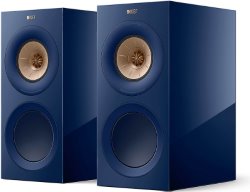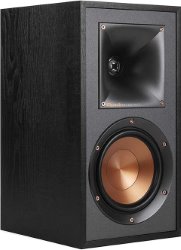KEF R3 Meta vs. Klipsch Reference R-41M
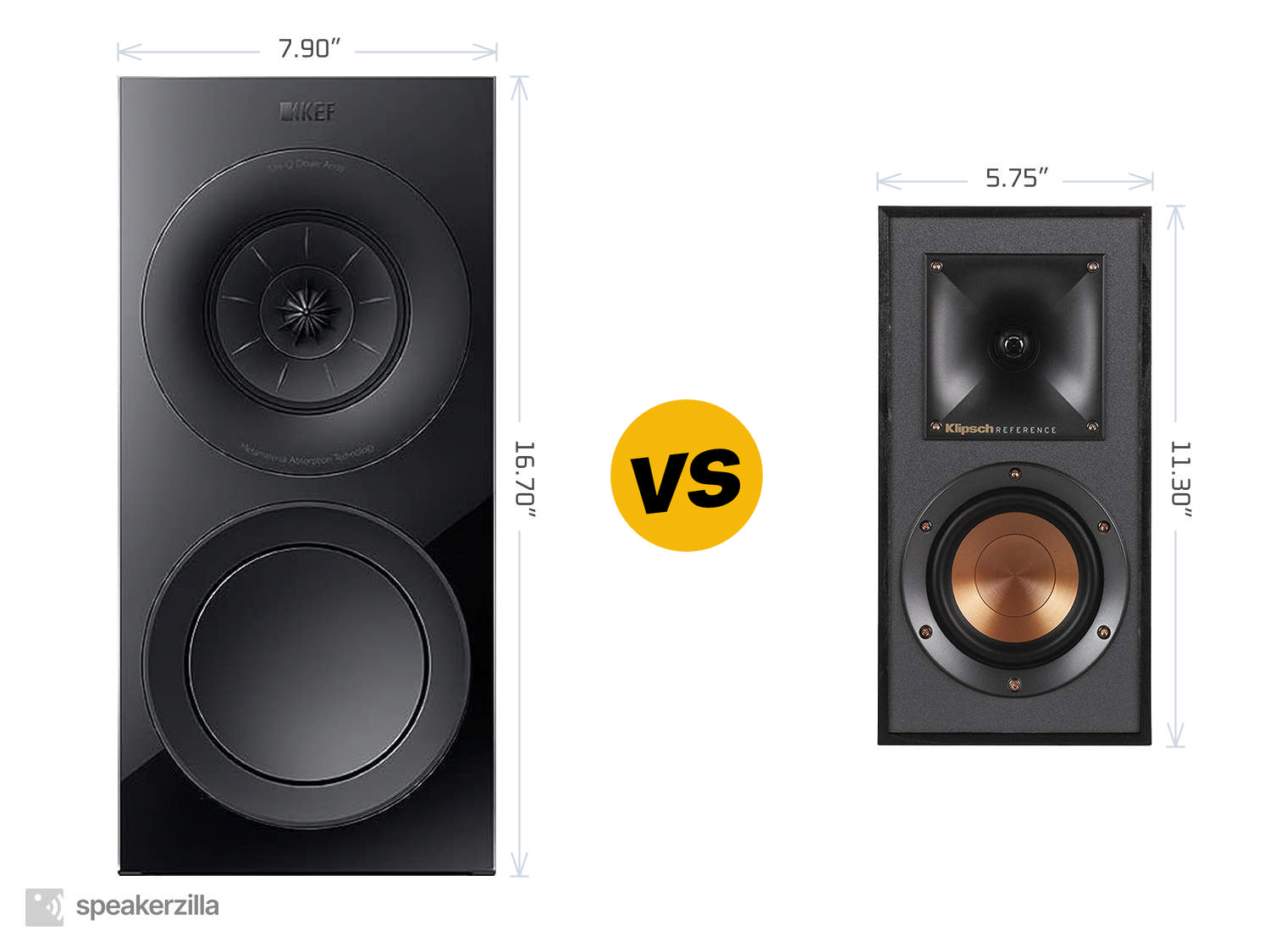
| KEF R3 Meta Bookshelf Speakers | Klipsch Reference R-41M Bookshelf Speakers |
| MSRP | |
| $2200 | $150 |
| Dimensions (H × W × D) | |
|
16.70” × 7.90” × 13.50” 424mm × 201mm × 343mm |
11.30” × 5.75” × 7.90” 287mm × 146mm × 201mm |
| Power Type | |
| Passive | Passive |
| Frequency Response | |
| 58-28,000 Hz | 68-21,000 Hz |
| ASR Score | |
| n/a | 2.8 |
| ASR Score w/Subwoofer | |
| n/a | 5.7 |
|
Amazon.com
|
Amazon.com
|
Key Takeaways
TLDR Summary: In the high-fidelity arena, the KEF R3 Meta stands out with its Uni-Q driver array promising coherent, detailed sound across the room. Its Meta material absorbs higher frequencies for purer trebles, presenting a refined, spacious soundstage. In contrast, the Klipsch Reference R-41M embodies a more approachable entry, sporting the brand's signature horn-loaded tweeter for dynamic, lively output. While the R-41M offers an energetic performance at a friendlier price point, the R3 Meta caters to discerning ears with its nuanced, sophisticated audio reproduction, positioning itself as a premium choice for the serious audiophile.
Speaker Comparison
When delving into the world of high-fidelity audio, the contrasts between different speaker brands and models are often striking, both in terms of performance and the philosophies that underlie their designs. Today, we're comparing the KEF R3 Meta Bookshelf Speakers, part of KEF's acclaimed R Series, with the Klipsch Reference R-41M Bookshelf Speakers, a staple of Klipsch's budget-friendly Reference lineup. Both are highly regarded, but for entirely different reasons, appealing to different segments of the audiophile community. The R3 Meta, with its innovative technologies and refined aesthetics, stands in contrast to the R-41M's classic, efficiency-first approach.
Design and Build Quality
The KEF R3 Meta exhibits a sleek, contemporary design with its Uni-Q driver array and a seamless cabinet construction, which not only looks stunning but also serves an acoustic purpose. The build quality is exceptional, with a dense cabinet that aids in reducing unwanted resonance and delivering a pure sound. The R-41M, on the other hand, embraces a more traditional look with its copper spun woofers and tractrix horn-loaded tweeters. The build is sturdy, if somewhat utilitarian, and while it may not match the R3 Meta in terms of premium feel, it's built to last and perform.
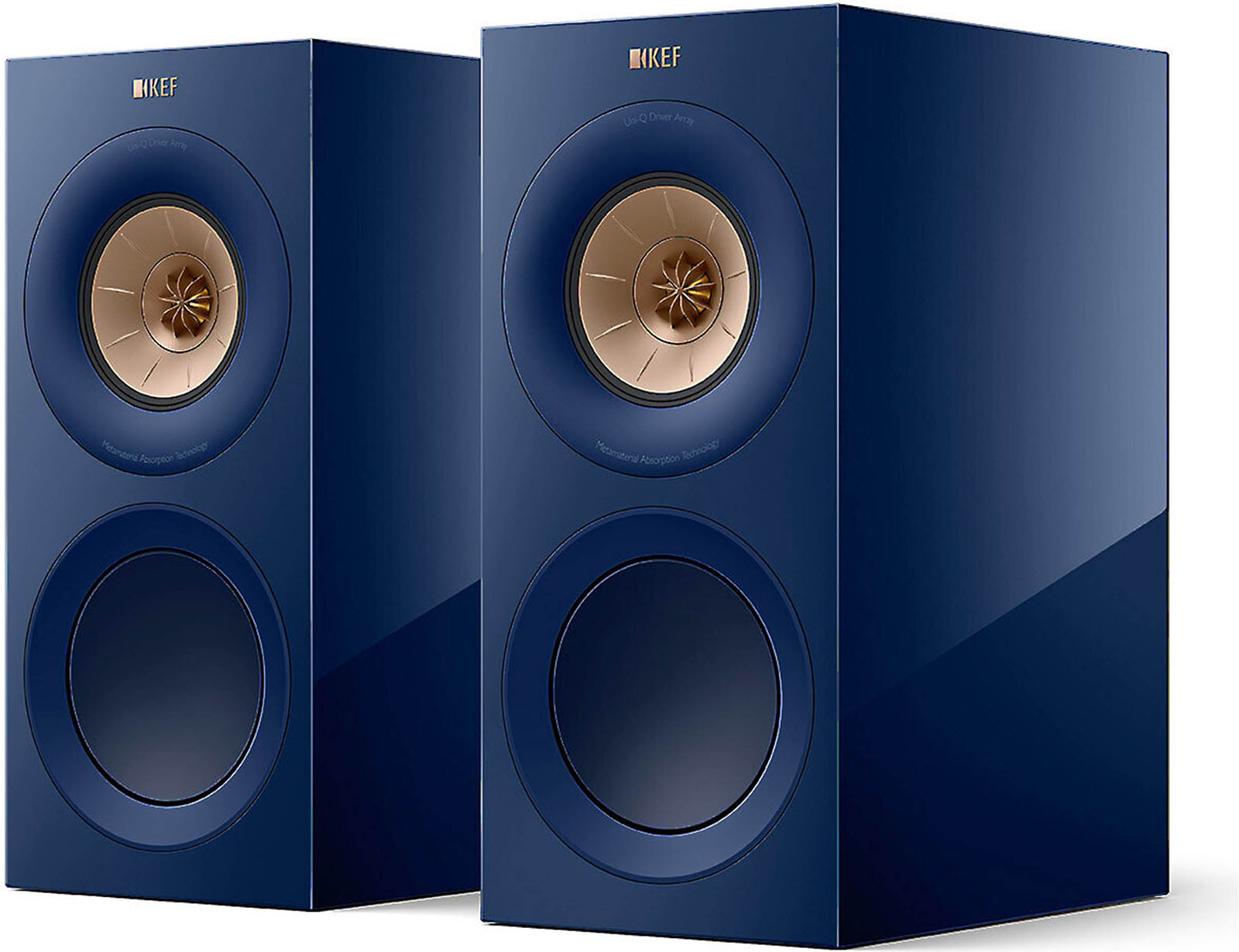
 (at Amazon.com)
(at Amazon.com)Sound Quality
The sound signature of the KEF R3 Meta is one of its most lauded traits. The Uni-Q driver, which positions the tweeter concentrically within the midrange driver, provides an incredibly detailed and coherent soundstage. This configuration eliminates much of the sweet spot limitations found in conventional designs, offering an expansive listening experience. The Metamaterial Absorption Technology (MAT) incorporated in the R3 Meta further enhances this clarity by absorbing unwanted sound from the rear of the tweeter, reducing distortion. In contrast, the Klipsch R-41M focuses on delivering dynamic, lifelike sound with an emphasis on efficiency and high volume. The use of a horn-loaded tweeter provides a more direct sound with less diffraction, which Klipsch fans often describe as more "live."
When it comes to bass response, the R3 Meta performs admirably for a bookshelf speaker, thanks to its dedicated bass driver and well-tuned port. It offers a controlled and textured low end that complements the overall balance of the speaker. The R-41M, meanwhile, has a punchy and assertive bass that's surprising for its size, but it may lack the finesse and depth provided by the R3 Meta's larger driver and more sophisticated design.
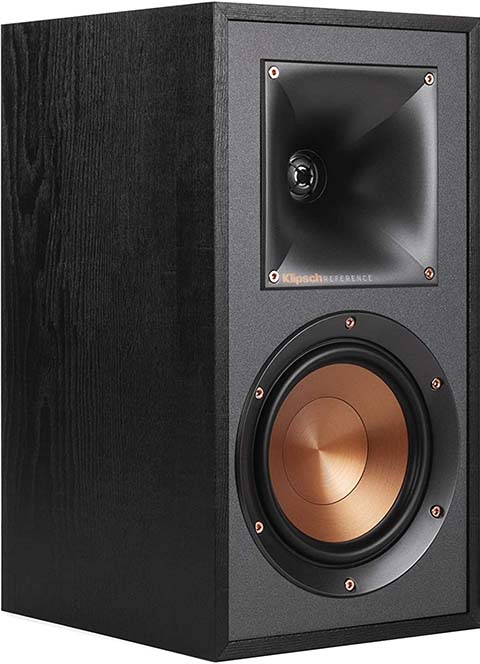
 (at Amazon.com)
(at Amazon.com)Power Handling and Sensitivity
The differences in power handling and sensitivity between the two are also noteworthy. The KEF R3 Meta's sensitivity is rated at a moderate 87dB, which means it will benefit from a high-quality amplifier to truly shine. The speaker's refined characteristics are best appreciated with clean and ample power. The Klipsch R-41M, with its sensitivity of 90dB, is much more efficient, capable of delivering high volumes even with modest amplification. Klipsch's design philosophy has always been about achieving live-concert levels of sound pressure, and the R-41M stays true to that ethos.
Compare to similar speakers
In the realm of bookshelf speakers, both the KEF R3 Meta and the Klipsch R-41M offer compelling, albeit different, strengths. The R3 Meta leans toward an audiophile who values precision, a wide soundstage, and a speaker that can reveal the nuances of a recording. The Klipsch R-41M appeals to those who prioritize efficiency, volume, and a more forward, engaging listening experience. Ultimately, the decision between these two speakers will depend on personal preferences, the genres of music one prefers, and the specific requirements of the listening environment.
Both the KEF R3 Meta and the Klipsch R-41M bookshelf speakers stand as testaments to their respective brands' philosophies and engineering prowess. Whether one's preference leans towards the meticulous detail and innovation of KEF or the energetic and impactful sound of Klipsch, each offers a unique path to audio nirvana. As always, the best speaker is the one that moves you, not just with its sound, but with the entire listening experience it crafts in your personal space.
- KEF R3 Meta reviews and FAQs
- Klipsch Reference R-41M reviews and FAQs
Check Current Prices: |
|
|
Amazon.com
|
Amazon.com
|
Affiliate Disclosure: As an Amazon Associate, we earn from qualifying purchases.
